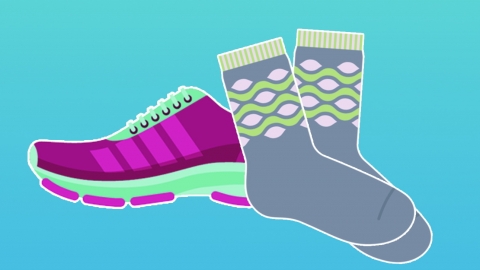How to Choose Compression Stockings for Varicose Veins
Generally, when selecting compression stockings for varicose veins, attention should be paid to pressure levels, applicable body parts, size, material properties, and usage scenarios, to ensure they meet individual needs and achieve optimal effectiveness. Detailed analysis is as follows:

1. Pressure Levels: Compression stockings are categorized into three pressure levels: mild, moderate, and strong. Mild varicose veins or preventive use require mild compression; moderate varicose veins and postoperative recovery require moderate compression; severe varicose veins require strong compression. The pressure level should be chosen according to medical advice based on the condition.
2. Applicable Body Parts: Choose different lengths of compression stockings according to the location of the affected area, including below-knee socks, thigh-high socks, and pantyhose. Choose below-knee socks if only the calf is affected; thigh-high socks if both calf and thigh are affected; pantyhose if there is extensive lower limb varicosity or abdominal compression is needed, ensuring effective coverage of the affected area.
3. Size: Before purchasing, measure the circumference of the ankle, calf, thigh, and leg length, and refer to the product size chart to choose the appropriate size. Stockings that are too tight may impair blood circulation, while those too loose will not provide sufficient pressure. They should fit snugly against the skin without noticeable wrinkles to ensure even pressure distribution.
4. Material Properties: Prioritize breathable, moisture-absorbing, and elastic materials, such as cotton, nylon, and spandex blends. These materials reduce stuffiness and are suitable for prolonged wear, especially important in summer when breathability should be emphasized to avoid discomfort caused by dampness on the skin.
5. Usage Scenarios: For daily activities, choose standard thickness compression stockings; for exercise, choose thinner, more elastic styles that do not restrict limb movement; in winter, choose lined options that provide warmth while maintaining therapeutic effects. Flexibly match different styles according to usage scenarios to enhance wearing comfort.
When choosing compression stockings, combine personal condition and usage needs, and try them on to ensure a snug but pain-free fit, ensuring both comfort and auxiliary therapeutic effects. Replace compression stockings regularly, generally every 6–8 months, to maintain elasticity and support lower limb health.







